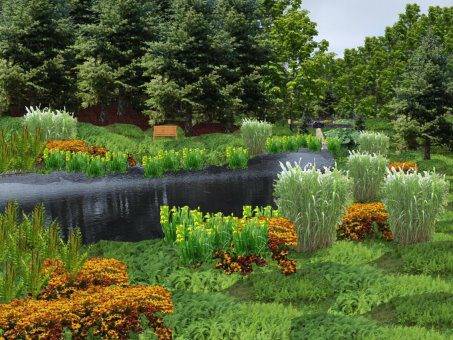Bulb – A resting stage of a plant (such as the lily, onion, hyacinth, or tulip) that is usually formed underground and consists of a short stem base bearing one or more buds enclosed in overlapping membranous or fleshy leaves. some types would be lily, tulip and onion.
Corm – A corm, bulbo-tuber, or bulbotuber is a short, vertical, swollen underground plant stem that serves as a storage organ used by some plants to survive winter or other adverse conditions such as summer drought and heat. Examples are crocus & gladiolus.
Tuber – Tubers are enlarged structures in some plant species used as storage organs for nutrients. Common plant species with stem tubers include potato and yam.
There are many different varieties of bulbs, corms & tubers. A few are pictured here for your review. However, the best resource for identifying bulbs, corms & tubers is with a field guide.
Below is a list of field guides that would be very helpful to identify your bulbs, corms & tubers.














You must be logged in to post a comment.